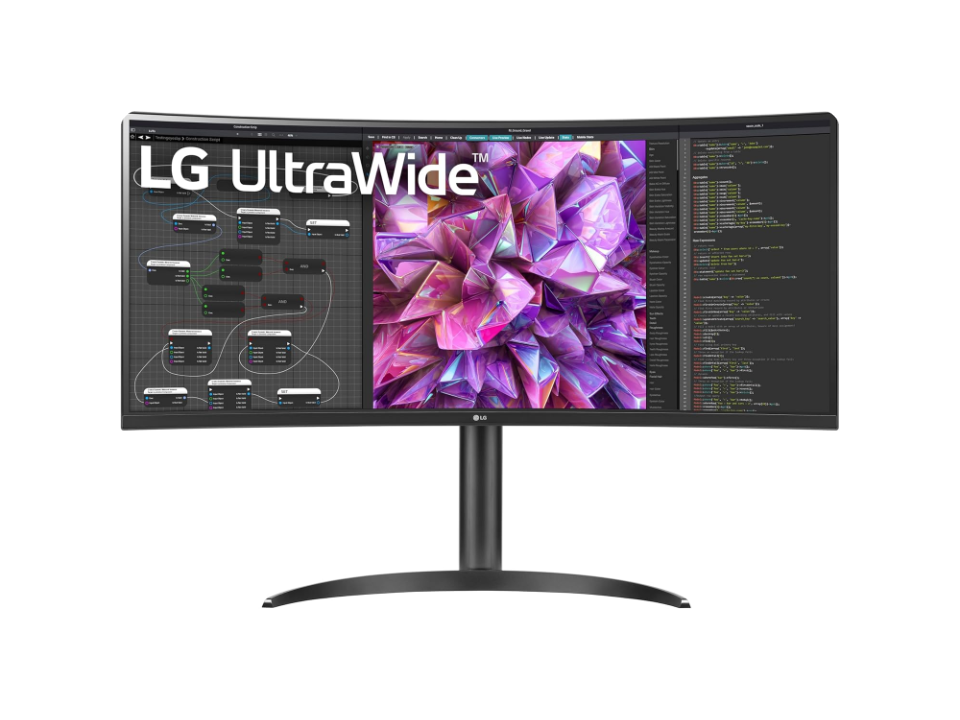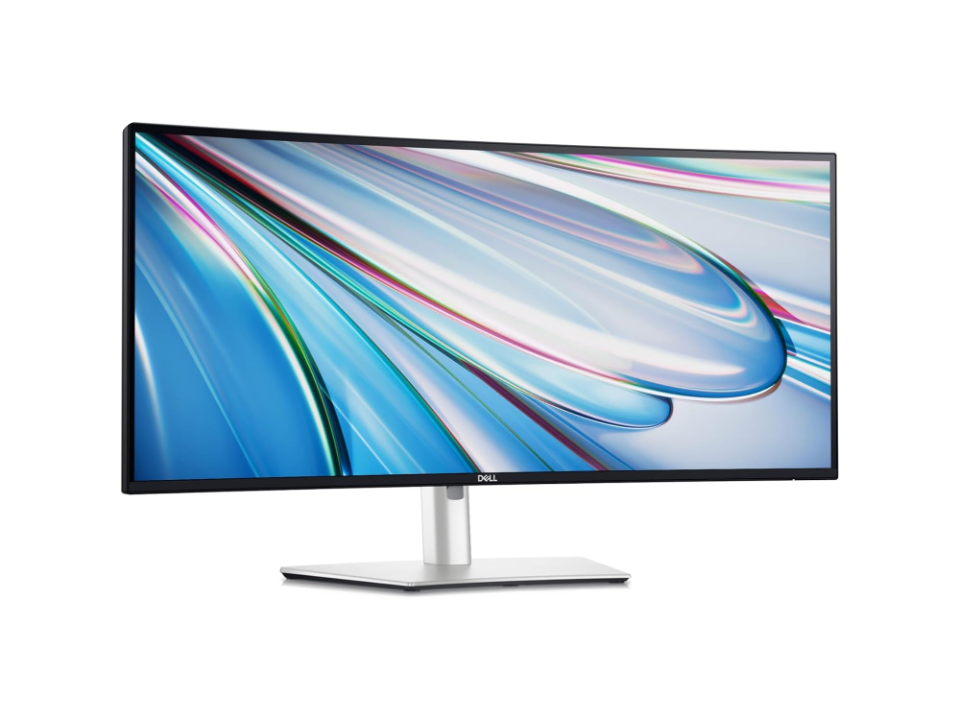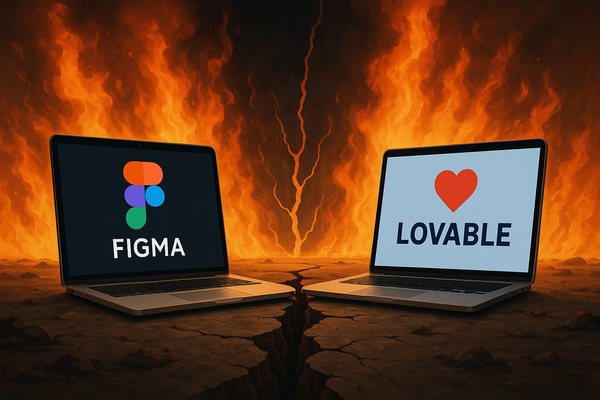Ditching Dual Monitors: My Journey into the Ultrawide World
Ultrawide monitors replace dual screens for seamless productivity and immersion

You know that feeling when you're juggling a million windows on your screen?
Trying to reference a doc while writing an email, keeping Slack visible, maybe sneaking a peek at some code or a spreadsheet... it gets cramped fast on a standard monitor.
For years, the answer was simple: slap two monitors together.
And that works! But... there's always that annoying bezel in the middle, colors might not quite match, and it still feels a bit disjointed. Enter the Ultrawide Monitor.
These things are basically like having two screens seamlessly fused into one glorious, wide expanse.
They typically have a 21:9 aspect ratio (compared to the standard 16:9), giving you a ton more horizontal real estate. At first, they look a bit intimidating, maybe even excessive.
But once you get used to it? Oh man, it's hard to go back.
Why Go Wide?
For me, it's mostly about workflow.
- Productivity: Having multiple full-sized application windows open side-by-side without overlap is fantastic. Think code next to browser preview, or a research paper next to your writing document. Video editing timelines suddenly have room to breathe. Spreadsheets stretch out beautifully.
- Immersion: For gaming (if the game supports it!) and movies, the wider field of view really pulls you in. It feels much more cinematic.
- Less Clutter: One stand, fewer cables (power and display) compared to a dual-monitor setup. Cleaner desk vibes!
It's not all sunshine and rainbows (they can be pricey and take up serious desk space), but the benefits are pretty compelling. If you're curious, here are a couple of popular types you'll often see, especially from brands like LG and Dell who make some great ones:
The All-Rounder Workhorse: LG 34" Curved QHD (like the 34WN80C-B or similar)

Good for: Productivity, general use, casual gaming. A great starting point for many.
LG is kind of king when it comes to Ultrawide panels. A 34-inch screen with QHD resolution (3440x1440 - sharper than Full HD) hits a real sweet spot. It gives you that width without making text tiny.
Models like this often include USB-C connectivity, which is super handy for modern laptops (one cable for video, power, and data!). The curve is usually gentle and helps keep the edges in your peripheral vision.
The Dell Professional: Dell UltraSharp 34" Curved USB-C Hub Monitor (like the U3423WE)

Good for: Office environments, productivity power users, people who value accurate colors and connectivity.
Dell's UltraSharp line is legendary for its build quality, color accuracy (often good for creative work), and focus on productivity features.
Models like this often act as fantastic docking stations, packed with USB ports, Ethernet, and robust USB-C power delivery.
They tend to be less focused on high-refresh-rate gaming and more on being a reliable workhorse with excellent ergonomics (great stands!).
The Gamer's Choice: LG UltraGear 34" Curved QHD High Refresh Rate (like the 34GP83A-B or similar)

Good for: Gamers who want immersive visuals and smooth, fast performance.
If gaming is a priority, you'll want to look at models specifically designed for it.
These typically boast higher refresh rates (144Hz or more) and faster response times for smoother motion, plus adaptive sync tech (G-Sync/FreeSync). You still get the productivity benefits, but these are tuned for play.
They often command a higher price, and you'll need a decent graphics card to push all those pixels at high speed.
The (Slightly) More Budget-Friendly Option: Acer Nitro XZ342CU 34-inch Gaming Monitor

Good for: Getting into the Ultrawide game without breaking the bank, users who don't need a curve or super high specs.
You don't have to spend a fortune.
There are often flat (non-curved) Ultrawides available, sometimes slightly smaller (like 29-inch), or 34-inch models with maybe slightly lower specs (like standard 60/75Hz refresh rates).
They still offer that amazing width for productivity. Just make sure the resolution is decent (aim for 2560x1080 on 29", or 3440x1440 on 34" if possible).
Is It Worth It For You?
If you spend hours multitasking or crave more immersion, an Ultrawide is definitely worth considering.
They aren't cheap, and make sure you measure your desk first! But for the right person, that extra screen real estate is a productivity (and entertainment) game-changer.
Check out some of the options on Amazon – seeing the different specs and prices side-by-side can help figure out what fits your needs and budget.





